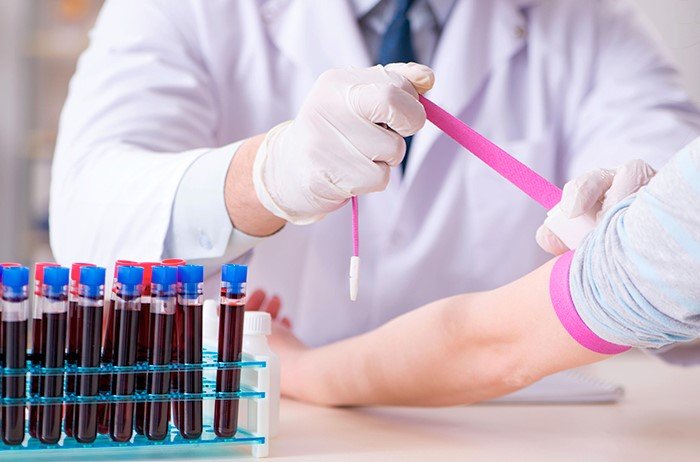Ensuring Compliance with Lab Regulations in US Hospitals
Summary
- Hospitals in the United States face strict Regulations when it comes to supply and equipment management, and violations can result in serious consequences.
- Implementing proper training programs for staff, conducting regular audits, and investing in technology can help hospitals stay compliant with Regulations and minimize violations.
- By prioritizing compliance with lab Regulations, hospitals can ensure the safety of patients, staff, and the community while also maintaining a positive reputation.
Introduction
Hospitals in the United States are held to high standards when it comes to supply and equipment management. Adherence to Regulations and guidelines set forth by accrediting bodies and government agencies is essential to ensure the safety of patients and staff. Violations of these Regulations can result in fines, loss of accreditation, and damage to a hospital's reputation. In this article, we will discuss the measures that hospitals can implement to ensure compliance with lab Regulations and minimize violations cited by inspectors.
Proper Training Programs
One of the most important measures that hospitals can take to ensure compliance with lab Regulations is to implement proper training programs for staff. Training should cover topics such as proper handling of equipment, storage of supplies, and disposal of hazardous materials. Staff members should be regularly updated on any changes to Regulations or guidelines to ensure that they are always up to date on best practices.
Key Points:
- Develop comprehensive training programs for all staff members involved in supply and equipment management.
- Provide regular refresher courses and updates on changes to Regulations and guidelines.
- Emphasize the importance of compliance with lab Regulations to all staff members.
Regular Audits
Another important measure that hospitals can take to ensure compliance with lab Regulations is to conduct regular audits of their supply and equipment management processes. Audits can help identify any areas of non-compliance or potential violations before they are cited by inspectors. By proactively identifying and addressing issues, hospitals can minimize the risk of violations and ensure that they are always in compliance with Regulations.
Key Points:
- Develop a schedule for regular audits of supply and equipment management processes.
- Assign responsibility for conducting audits to a designated compliance team or individual.
- Document audit findings and develop action plans to address any areas of non-compliance.
Investing in Technology
Investing in technology can also help hospitals ensure compliance with lab Regulations and minimize violations. Technology such as inventory management systems, barcode scanners, and tracking software can help hospitals keep better track of their supplies and equipment. By automating certain processes, hospitals can reduce the risk of human error and ensure that all items are properly accounted for.
Key Points:
- Research and invest in technology that can improve supply and equipment management processes.
- Train staff on how to use new technology effectively and efficiently.
- Regularly update technology to ensure that it remains current and meets the needs of the hospital.
Conclusion
Compliance with lab Regulations is a critical aspect of supply and equipment management in hospitals in the United States. By implementing proper training programs, conducting regular audits, and investing in technology, hospitals can ensure that they are always in compliance with Regulations and minimize the risk of violations. Prioritizing compliance not only ensures the safety of patients, staff, and the community but also helps hospitals maintain a positive reputation in the healthcare industry.

Disclaimer: The content provided on this blog is for informational purposes only, reflecting the personal opinions and insights of the author(s) on the topics. The information provided should not be used for diagnosing or treating a health problem or disease, and those seeking personal medical advice should consult with a licensed physician. Always seek the advice of your doctor or other qualified health provider regarding a medical condition. Never disregard professional medical advice or delay in seeking it because of something you have read on this website. If you think you may have a medical emergency, call 911 or go to the nearest emergency room immediately. No physician-patient relationship is created by this web site or its use. No contributors to this web site make any representations, express or implied, with respect to the information provided herein or to its use. While we strive to share accurate and up-to-date information, we cannot guarantee the completeness, reliability, or accuracy of the content. The blog may also include links to external websites and resources for the convenience of our readers. Please note that linking to other sites does not imply endorsement of their content, practices, or services by us. Readers should use their discretion and judgment while exploring any external links and resources mentioned on this blog.
